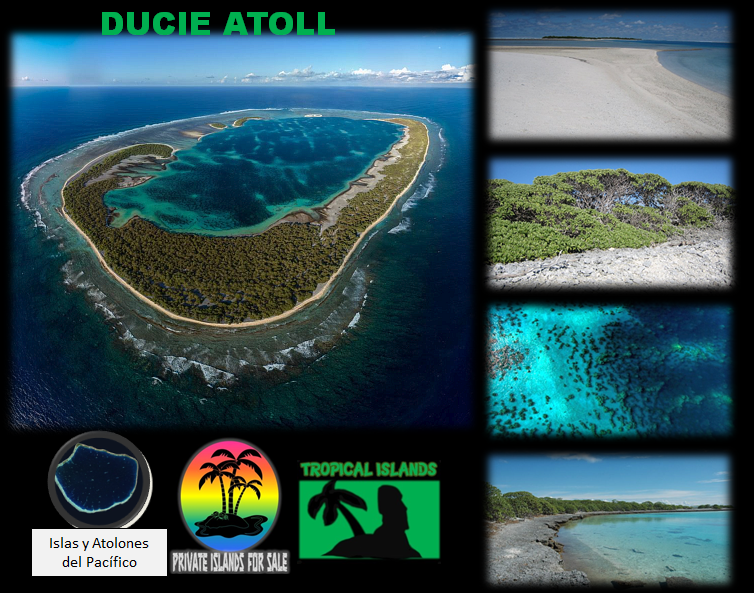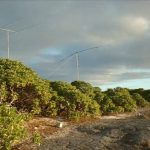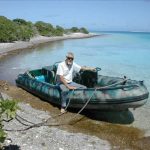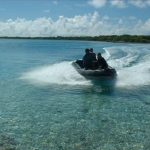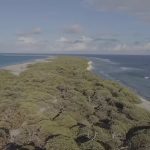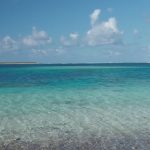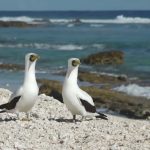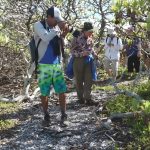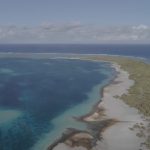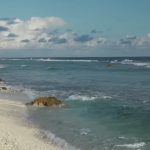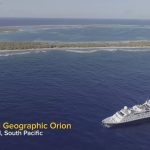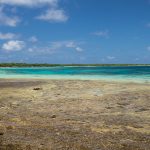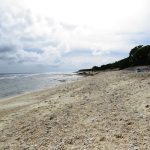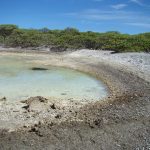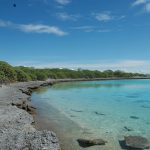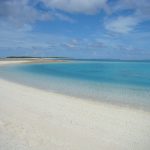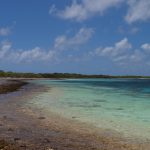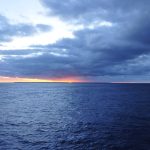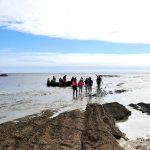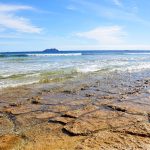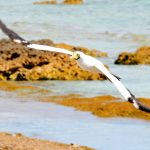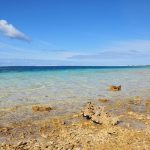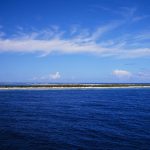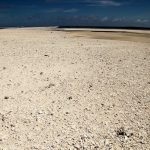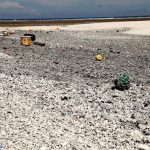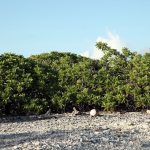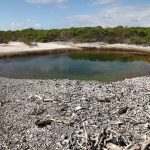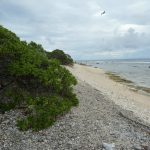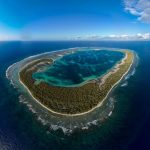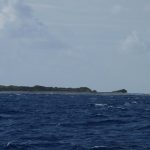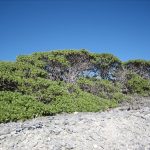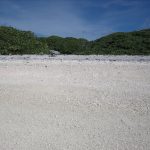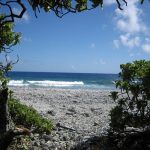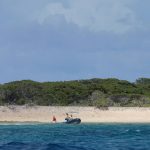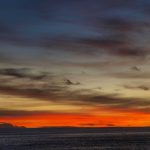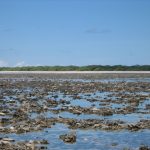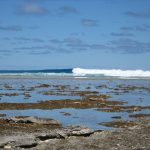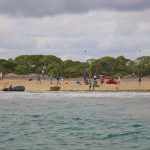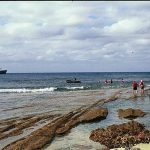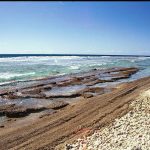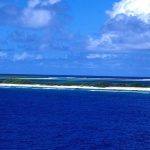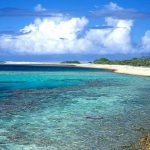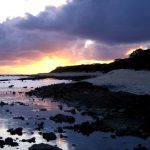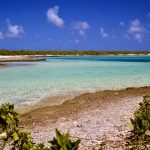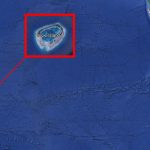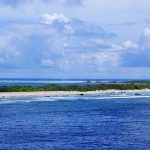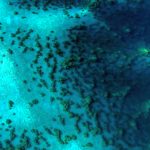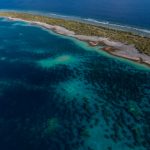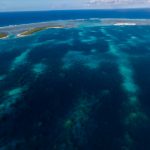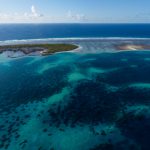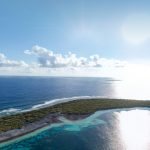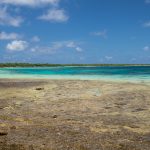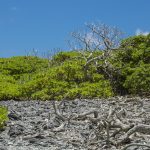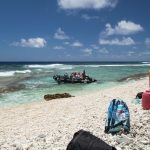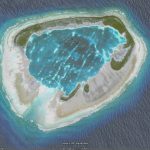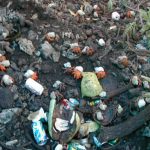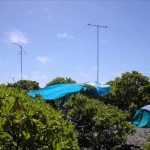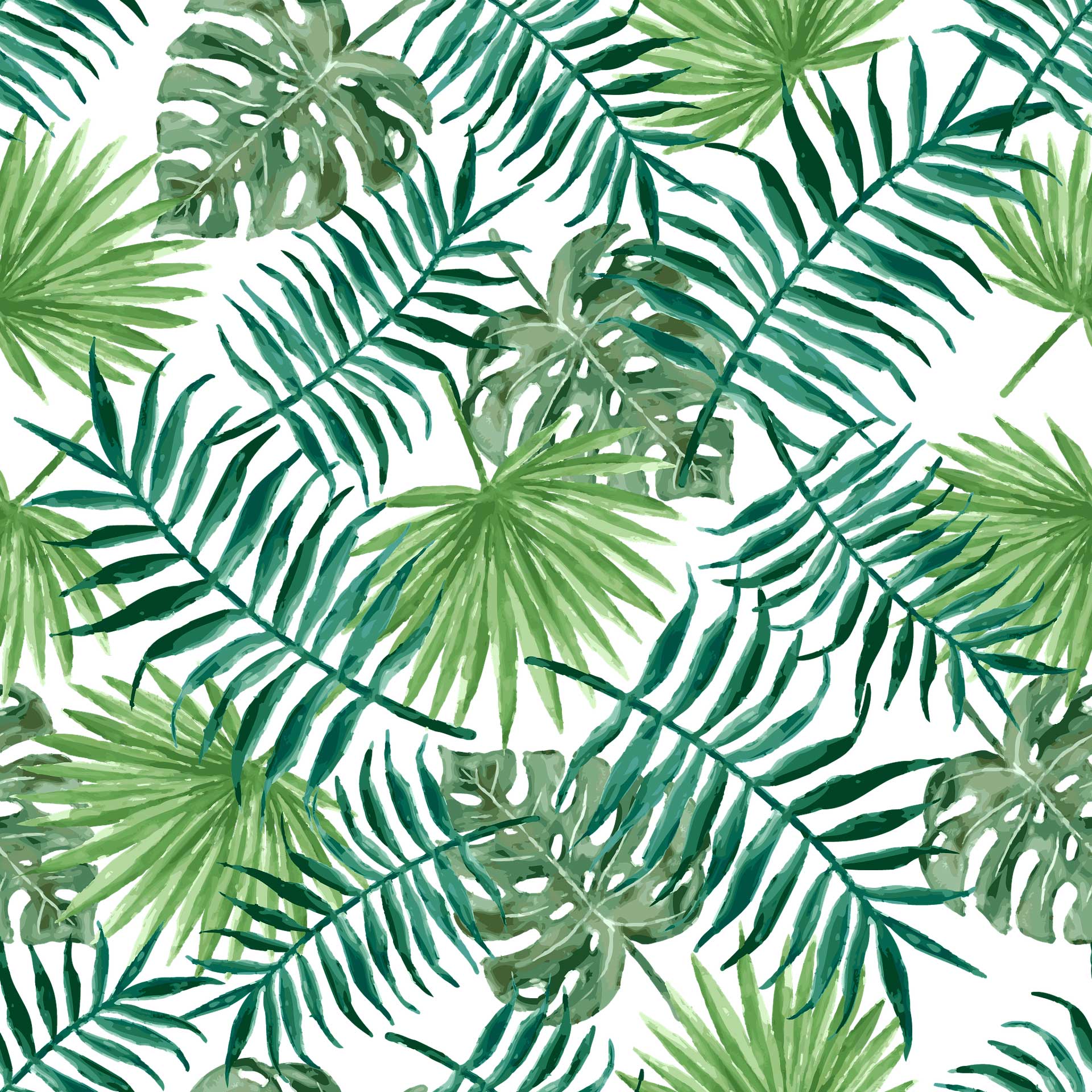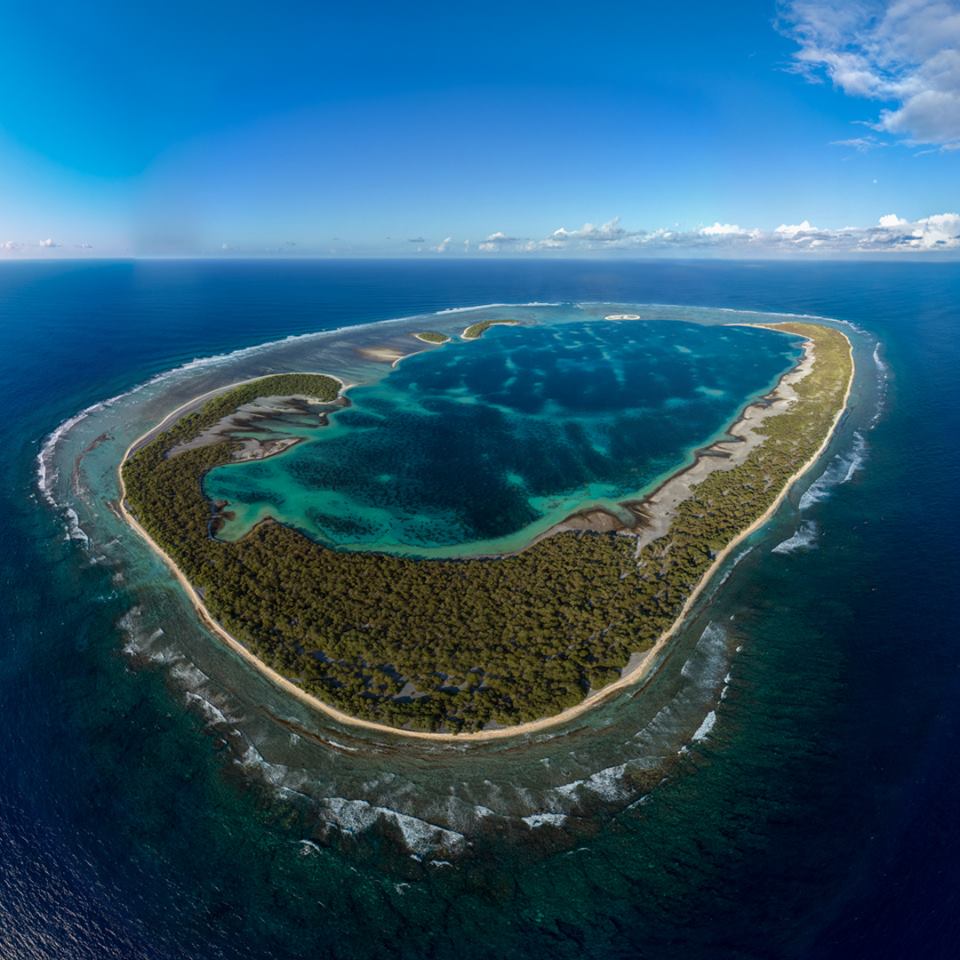
Ducie Atoll (or Ducie Island as commonly known) is an atoll in the Pitcairn Islands, the South Pacific. Ducie Atoll is located about 540km east of Pitcairn, Adamstown. Its first neighbor is Henderson Island, about 355km to the west. Its area is 3.9 km2 including the lagoon. Its length/width is about 2.5kmX2km. The atoll consists of 4 islands, one of which is large, almost half of the atoll.
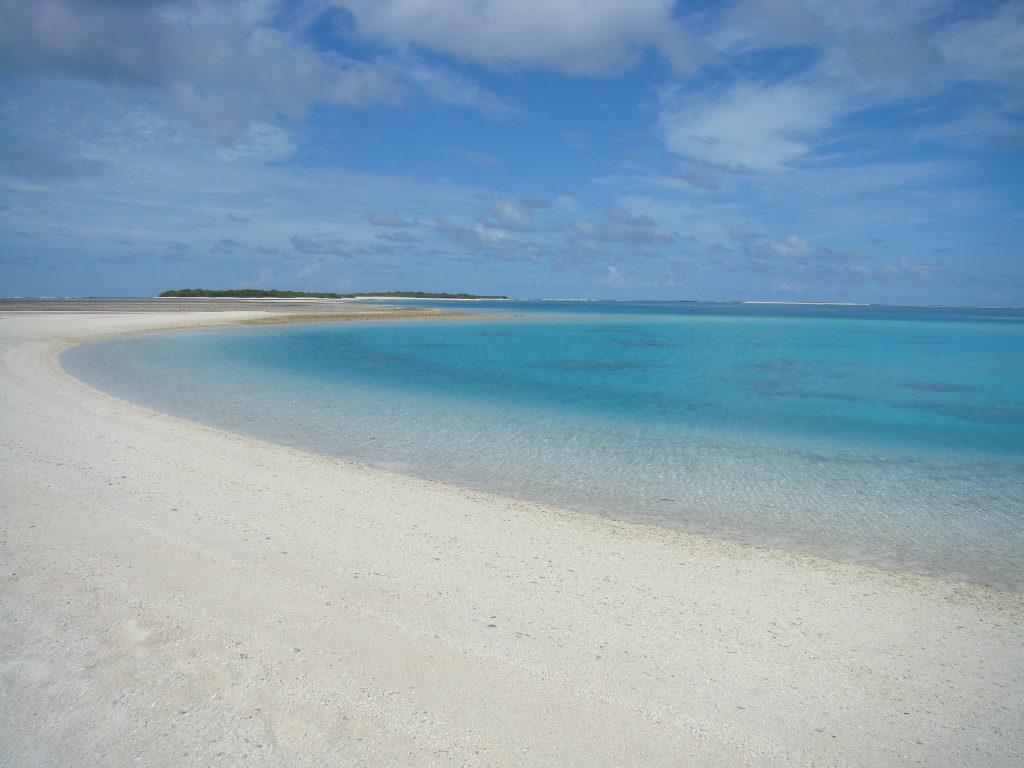
Due to its inaccessibility and distance from Pitcairn Island, Ducie Atoll is rarely visited and is uninhabited today. Scientists and some visitors visit the atoll from time to time. Some people claim that it’s the southernmost atoll in the world, sitting at 24°41′ S latitude, but there is another spot called Elizabeth Reef that’s further south at 29°57 S latitude. The highest point on the Westward islet reaches just 4.6 m above sea level.
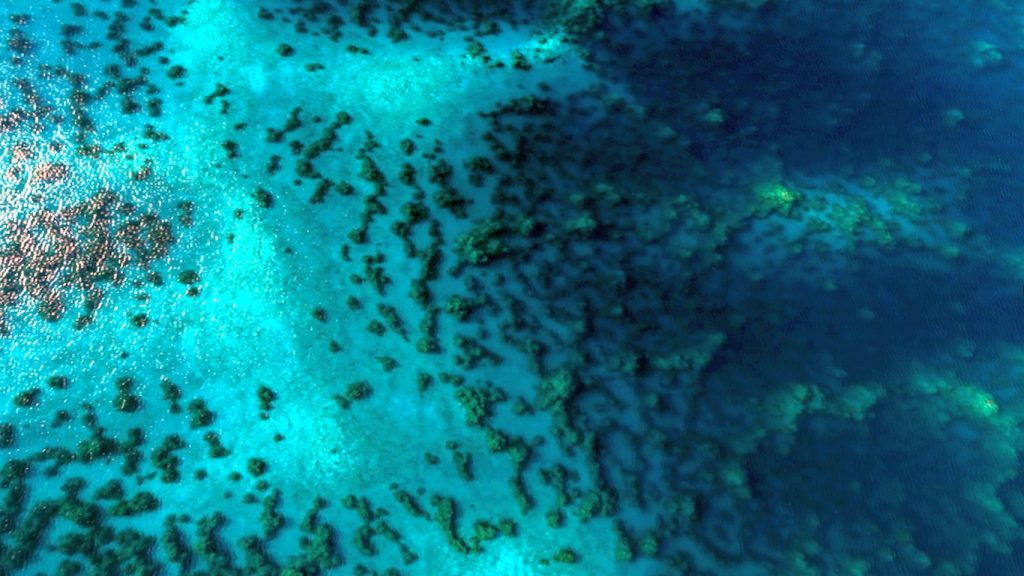
Ducie Atoll is known as a natural breeding ground for numerous bird species. There are also various crabs around, as well as other marine life since its lagoon is isolated and undisturbed from human activity (as it is one of the most isolated atolls in the world, far from almost any activity and disturbance of that type). The lagoon is mostly open to the south and southeast side of the atoll, and its maximum depth is around 15m.
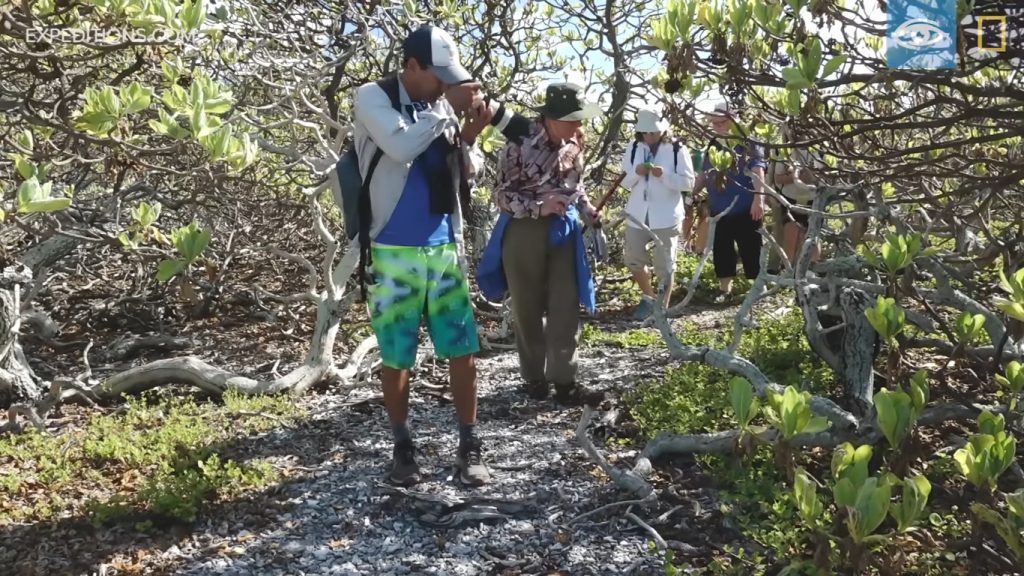
The vegetation on the atoll is somewhat sparse (despite having a good amount of trees, bushes, and grass) because of the lack of fresh water there. Just limited types of vegetation grow there on the atoll. It is very interesting that there seem no coconut palms present on the atoll (unofficial trademark of such places), as they are present in the vast majority of atolls that have islands on them.
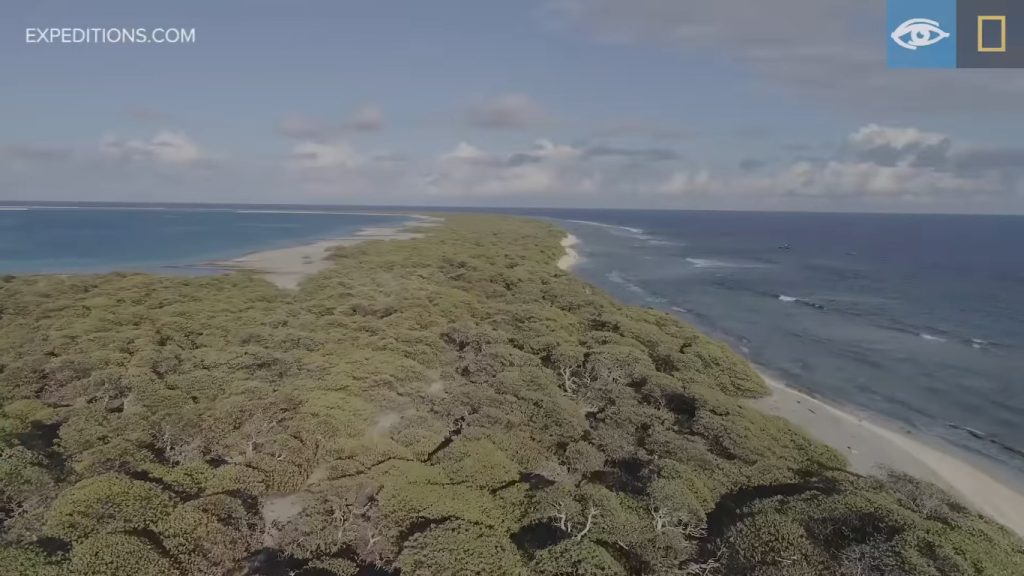
Ducie Island was formed around 8 million years ago and is part of the Oeno-Henderson-Ducie-Crough seamount, which is said to be part of the southern Tuamotus. The atoll is made up of four islets: Acadia, Pandora, Westward, and Edwards. Acadia is the biggest of the bunch, measuring 140 acres (57 ha), and is largely covered in forest. Pandora and Edwards islets are smaller and made up of coral rubble and sand, while Westward islet is the tiniest and looks sandy from far away but is actually composed of dead shells and coral rubble.
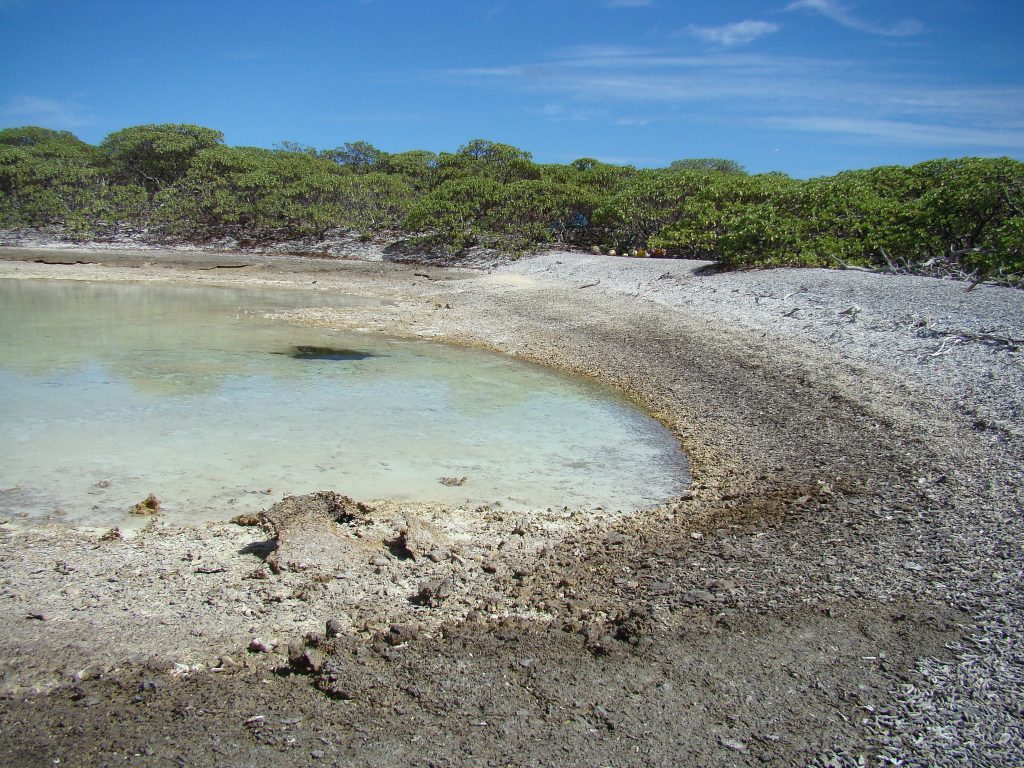
The islets were all named by Harald Rehder and John Randall during an expedition by the Smithsonian Institution in 1975. Acadia was named after a ship that was wrecked on the island in 1881, while Pandora and Edwards islets were named after HMS Pandora and Edward Edwards, who captained the ship during his mission to capture the mutineers of the HMS Bounty.
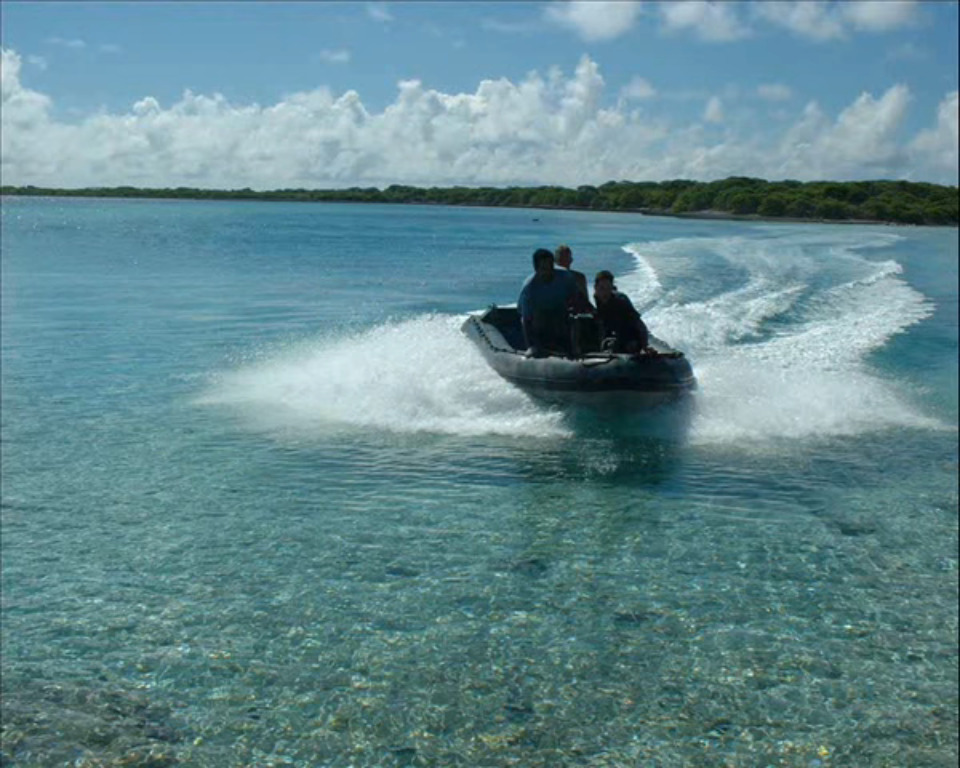
Home to a diverse range of seabirds, including the critically endangered Ducie Island sandpiper, this island is a birdwatcher’s paradise. With its rich history and protected nature reserve status, Ducie Island is a must-see destination for nature lovers and adventurers alike. Ducie Island has a long and storied history, dating back to its first discovery by the Spanish explorer Pedro Fernandes de Quiros in 1606. He named it Luna Puesta, which translates to “crescent moon” in Spanish.
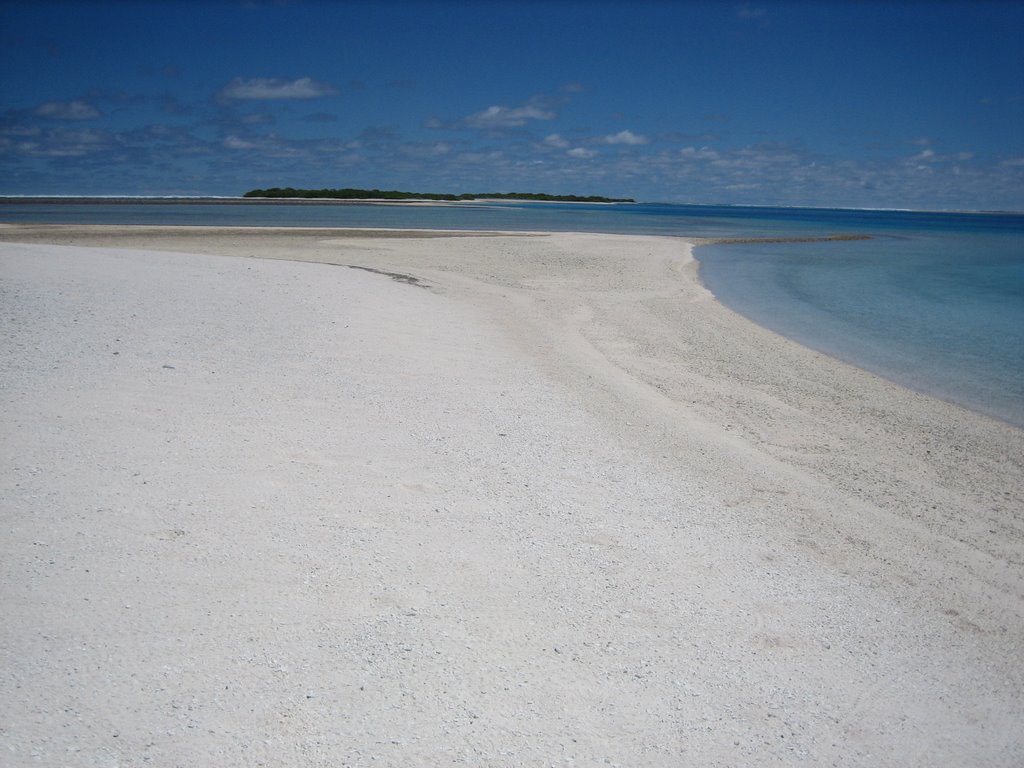
The island was then re-discovered by the British navigator Edward Edwards in 1791, during his search for the HMS Bounty mutineers. Following Edwards’ discovery, the island was named after Baron Francis Ducie, a prominent British naval officer. In the years that followed, Ducie Island became an important stop for whalers and sealers, who used the island as a base for hunting and processing their catches.
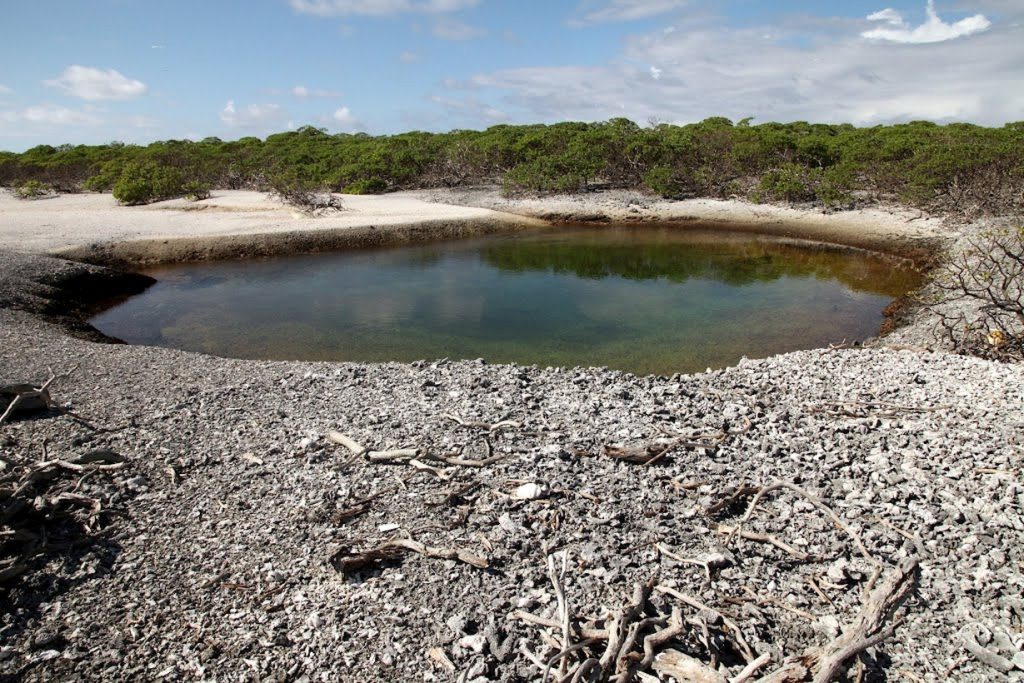
During the 19th century, Ducie Island became a popular destination for guano mining, as the island’s bird droppings were found to be a valuable source of fertilizer. The mining operations lasted until the early 20th century, by which time the island had been stripped of much of its valuable guano. In 1938, a British scientific expedition led by F.W. Christian visited Ducie Island to conduct a study of the island’s flora and fauna.
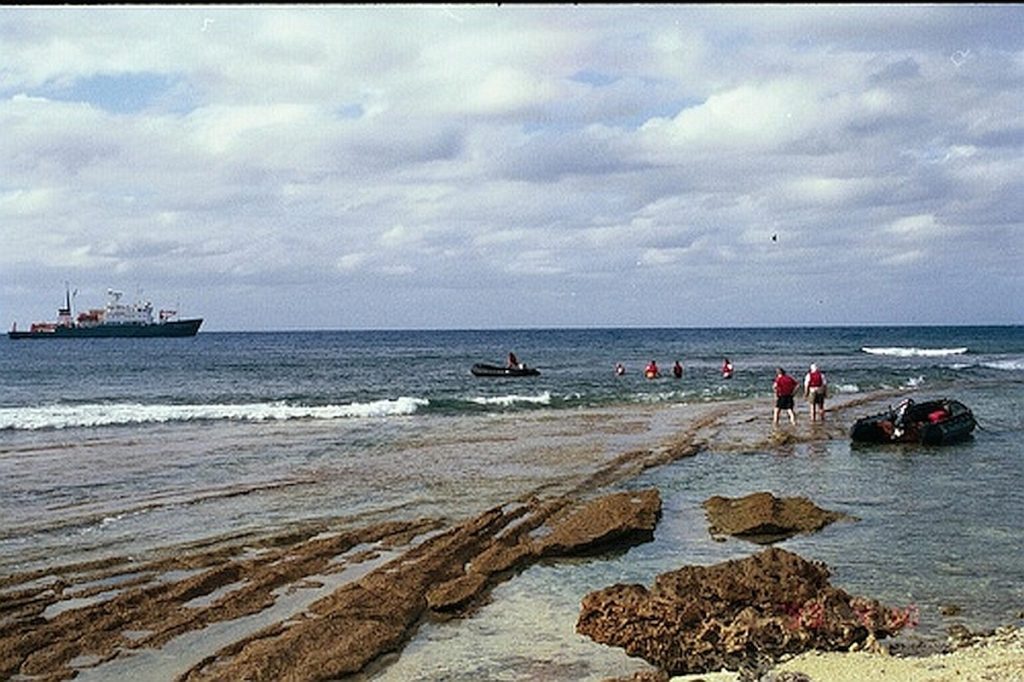
The expedition documented the presence of the critically endangered Ducie Island sandpiper, a small bird that is found nowhere else in the world. Today, the island is a protected nature reserve, and access is strictly controlled to ensure the preservation of its delicate ecosystem. Despite its remote location, Ducie Island has also played a role in modern history. In 2004, the island was the site of a mysterious shipwreck, which is believed to have been the result of a drug smuggling operation gone wrong.
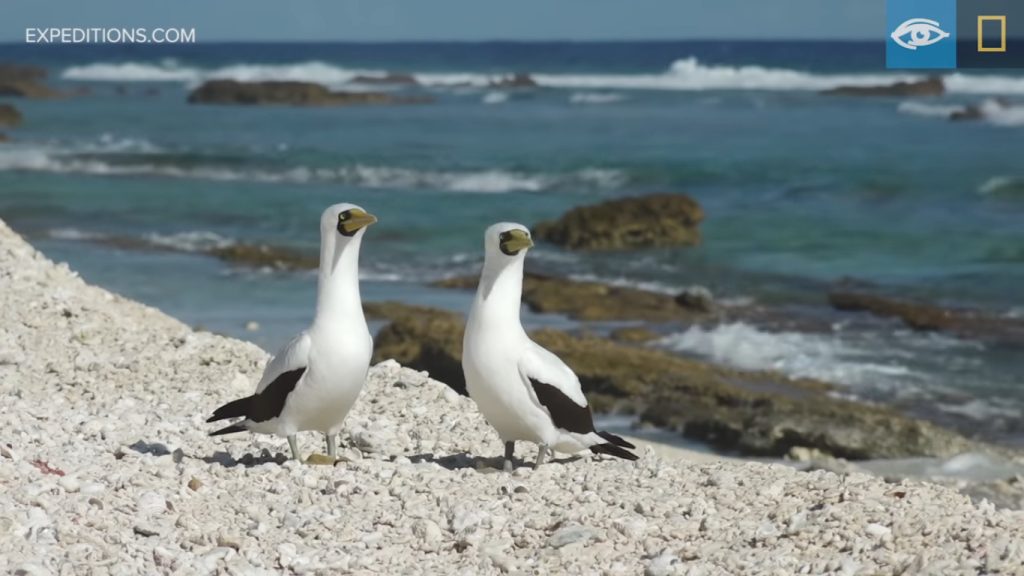
The abandoned vessel, named the MV Salita, was discovered by a New Zealand fishing boat, and its crew was later rescued by a French fishing vessel. Today, Ducie Island is primarily known for its unique ecosystem, which is home to a wide variety of seabirds and other wildlife. In addition to the critically endangered Ducie Island sandpiper, the island is also home to colonies of masked boobies, red-tailed tropicbirds, and frigatebirds.
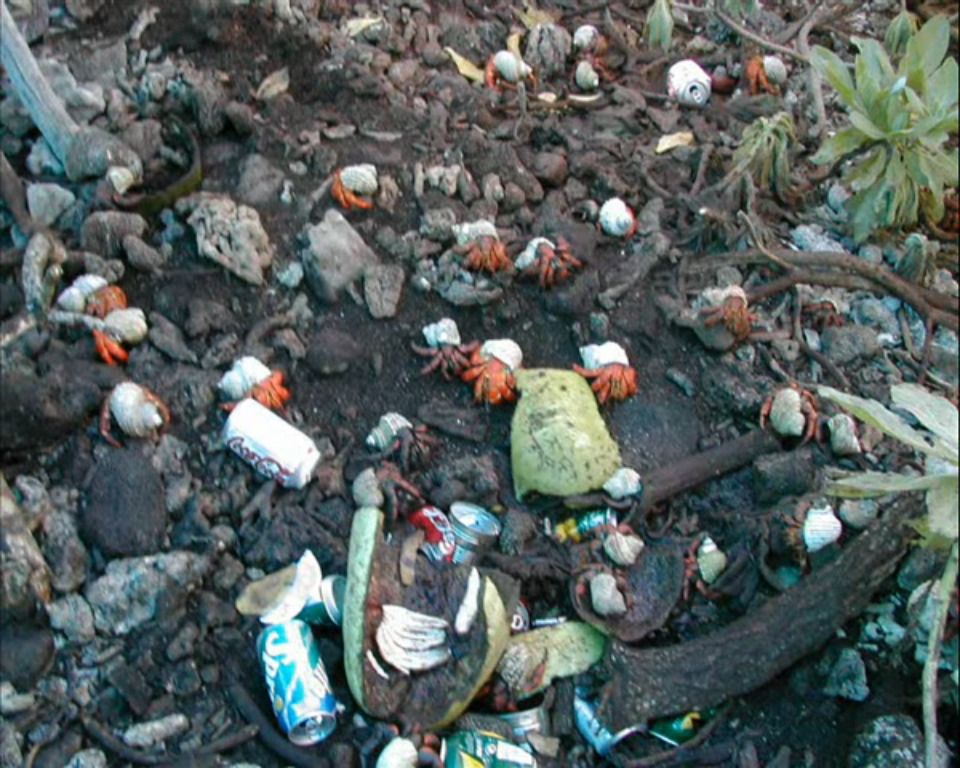
The waters surrounding the island are teeming with marine life, including sharks, sea turtles, and a variety of colorful fish. Due to its remote location and protected status, access to Ducie Island is limited. However, visitors who are lucky enough to make the journey will be rewarded with breathtaking views, pristine beaches, and an opportunity to experience one of the world’s most unique and unspoiled natural environments.
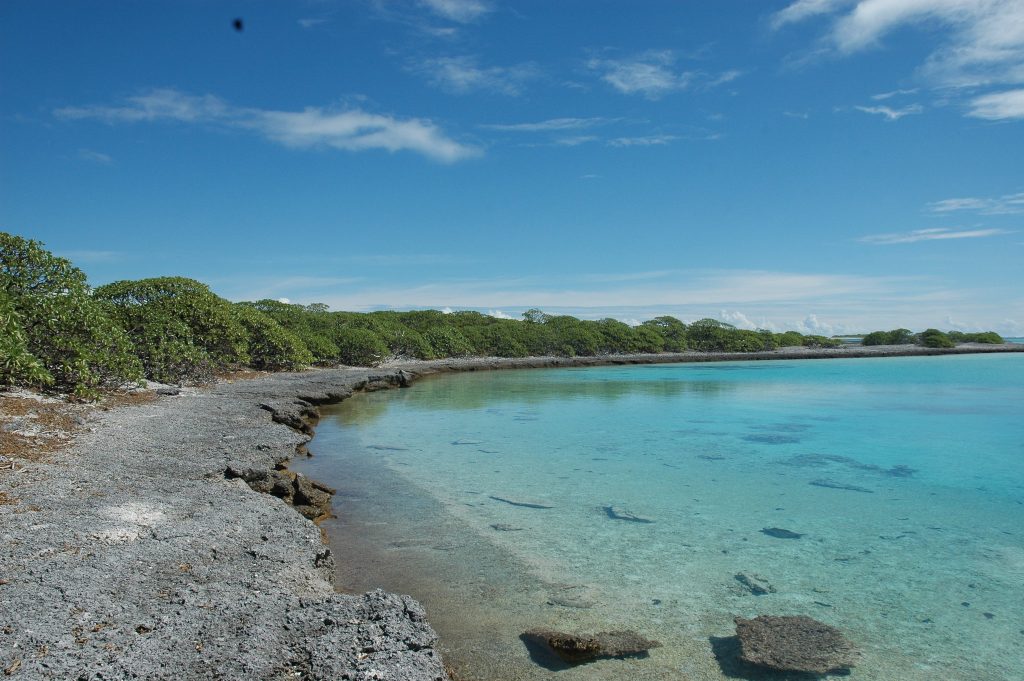
While Ducie Island may be a world away from the hustle and bustle of everyday life, its stunning natural beauty and rich history offer a glimpse into a world that’s both fascinating and inspiring. We hope that our brief tour of this remote atoll has inspired you to dream big and explore the world around you, no matter how far off the beaten path it may be.
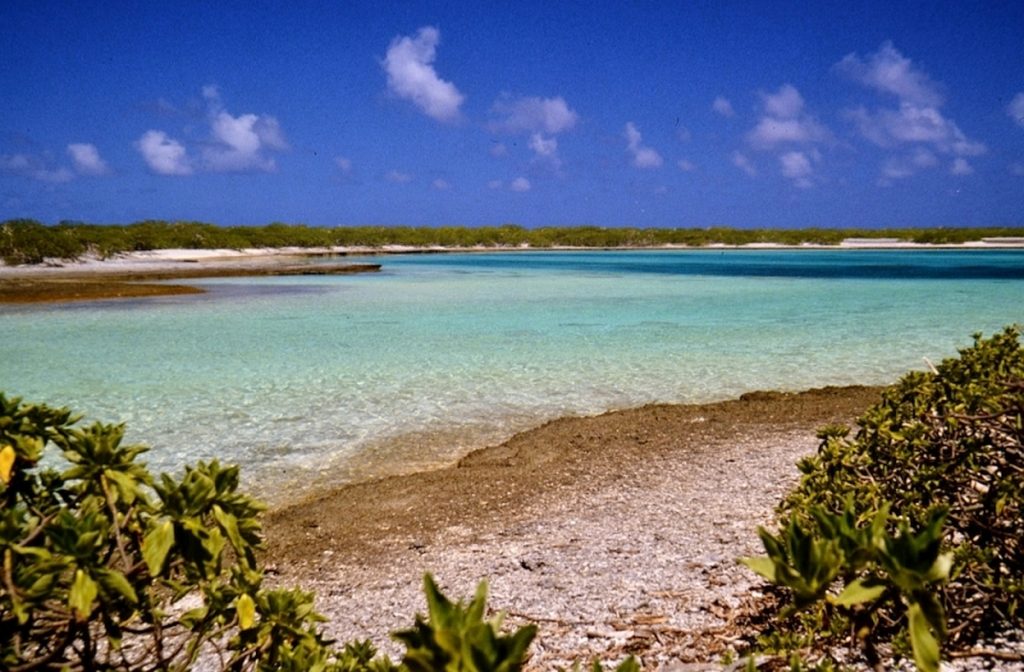
Now, you will get a youtube video of Ducie Atoll by National Geographic, then you will get a gallery with over 60 pictures:
Here is Ducie Atoll Gallery (64 pictures, click on a picture and wait for a little until the gallery loads, then scroll left/right, and press Esc to exit, optionally you can press F11 for a bigger gallery)
This post has been made in cooperation with Alejandro Remeseiro Fernández, a historian from ,,Islas y Atolones del Pacífico” Facebook group. Our educational alliance with combined knowledge will improve the quality of the information in posts which will add to the value of both his and our group,,Private Islands for Sale” and this blog as well.
